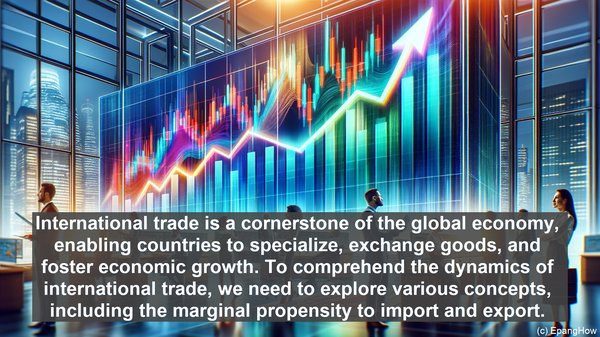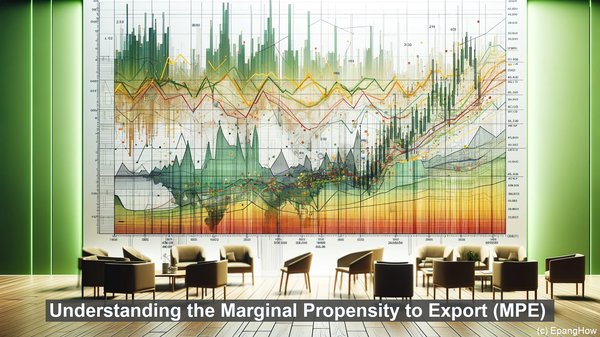Introduction: The World of International Trade
Hello, everyone! Welcome to our article on the marginal propensity to import and export. International trade is a cornerstone of the global economy, enabling countries to specialize, exchange goods, and foster economic growth. To comprehend the dynamics of international trade, we need to explore various concepts, including the marginal propensity to import and export.
Defining the Marginal Propensity to Import (MPI)
The marginal propensity to import (MPI) refers to the change in imports resulting from a change in income or output. In simpler terms, it indicates the proportion of additional income that individuals or a country’s economy would spend on imported goods and services. MPI is often expressed as a percentage or a decimal.
Understanding the Marginal Propensity to Export (MPE)
On the other hand, the marginal propensity to export (MPE) represents the change in exports due to a change in income or output. It signifies the proportion of additional income that a country’s economy would allocate towards producing goods and services for export. Similar to MPI, MPE is typically presented as a percentage or a decimal.
Differences between MPI and MPE
While both MPI and MPE are indicators of spending patterns in relation to income or output, they differ in their focus. MPI primarily reflects the demand side of international trade, indicating the extent to which a country relies on imported goods. In contrast, MPE emphasizes the supply side, highlighting a country’s export orientation and its ability to compete in global markets.

Significance of MPI and MPE
MPI and MPE have significant implications for a country’s economy. A high MPI suggests a greater reliance on imports, which can impact domestic industries and employment. On the other hand, a high MPE signifies a strong export sector, contributing to economic growth, job creation, and a favorable balance of trade. Monitoring and analyzing these indicators helps policymakers formulate effective trade strategies and identify areas for improvement.

